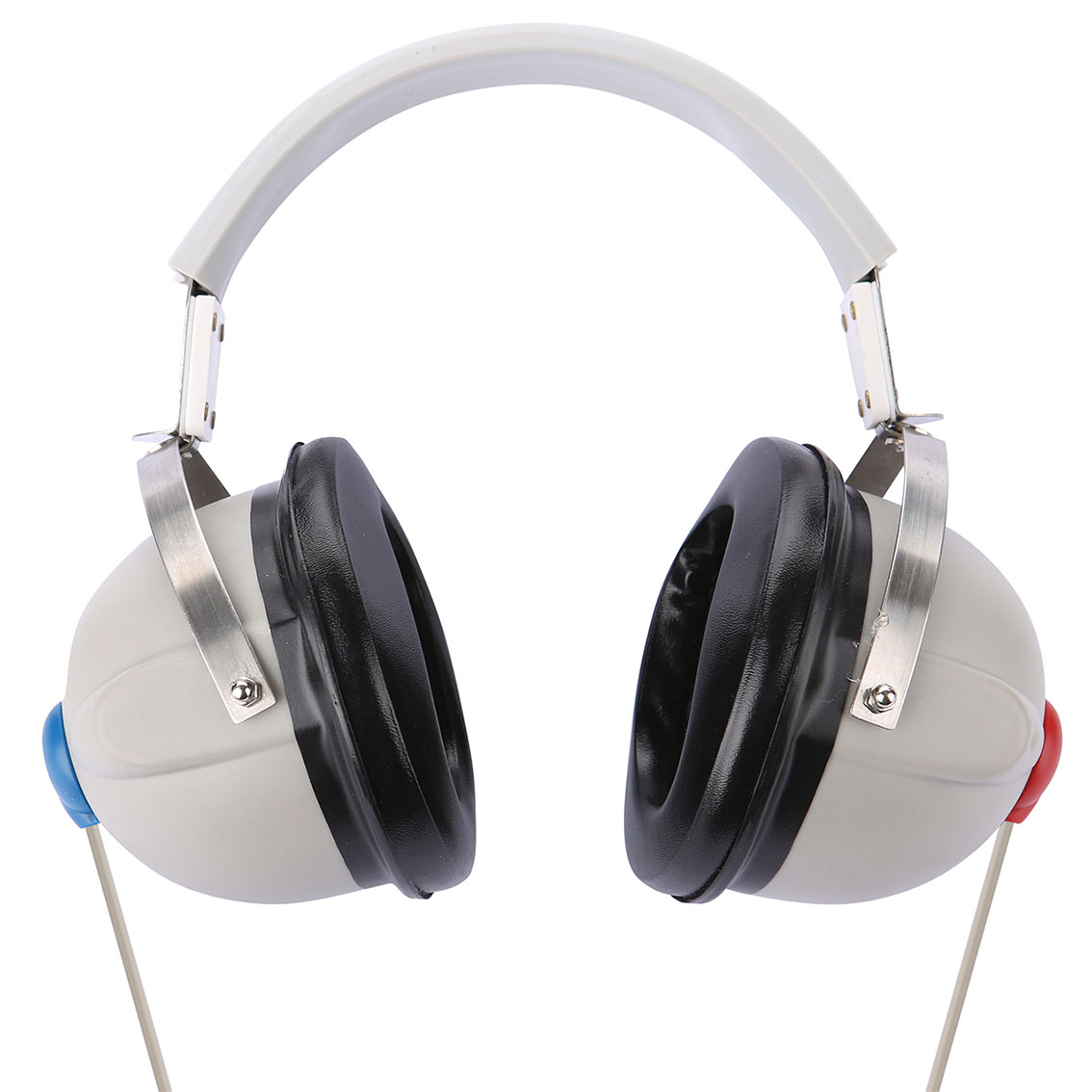Brain stem evoked potential and pure tone hearing test results-3
3, most of our parents are more difficult to understand, that is, we often directly refer to the "dB" marked by the auditory brainstem evoked potential (ABR) test results as the child's hearing threshold, but it is not. Because the pure tone signal was used to detect a clear ABR response, we used another acoustic signal, Click, for stimulation. Short sound is a short-range signal with a wide spectrum. Its spectral energy is concentrated at about 4000 Hz. Therefore, the test results of ABR can only represent the high-frequency hearing loss of patients. For the low-frequency part of the hearing threshold, ABR cannot evaluate. . Therefore, some parents will think that the doctor is not accurate, and they are told that under the maximum intensity of stimulation, the child has no reaction in both ears. Why does the child react to the sound such as closing the door at home? It is possible that the child's low-frequency hearing is still reserved. This is a deficiency of the ABR itself, and it is also the reason for further examination of the multi-frequency steady state (ASSR).

TDH39 Headphone for Audiometer
Because of the different test environments in each hospital, there is no international standard for the development of corresponding calibration standards for short-term signals. In order to distinguish from the results of the pure tone test, the response threshold measured by ABR is expressed by "dB nHL" or "dB SL", "nHL" means a small sample normal Hearing Level, and "SL" means feeling. Sense Level, the parameters used in each hospital are not exactly the same. The sound intensity represented by “dB nHL” and “dB SL” is also different, so it is necessary to indicate whether the parameter is “nHL” or “SL” after dB. "!
4, therefore, we often say "dB", the various sound intensity levels are different according to the different stimuli. Having said so many decibel parameters, is there a way to convert between them? The answer is yes, except for the aforementioned: 0dB HL=7.5dB SPL, (1kHz pure tone)
And most importantly, the ABR equipment purchased by each hospital is different, and the maximum output intensity of short sound is also different. The maximum can reach 140dB SPL (equivalent to 105dB nHL), then the conversion between SPL and nHL is: 0dB nHL=35dB
SPL. In this way, it is not difficult to understand that if the ABR test results only write a "90dB", we do not know whether the child's high-frequency hearing threshold is 90dB SPL or nHL? Because if it is nHL, the child's hearing threshold should be 125dB SPL or about 70dB HL (0dB HL=20dB nHL). The hearing we usually say refers to the behavior threshold, that is to say HL is the standard, it is the hearing level; the brain stem potential measurement value is SPL is the standard, that is, the sound pressure level; generally this sound pressure level is converted to nHL, That is, a small sample of hearing. The relationship between the three is: SPL is about 35 decibels larger than nHL, and nHL is about 20 decibels larger than HL. For example, the brainstem is 135 decibels SPL, true hearing
It should be: 135 decibels SPL-35 = 100 decibels nHL-20 decibels = 80 decibels HL so that the hearing is more than 80 decibels, the general brain stem potential can not be measured. If the brain stem potential can be measured,
Listening will generally not exceed 80 decibels
End
